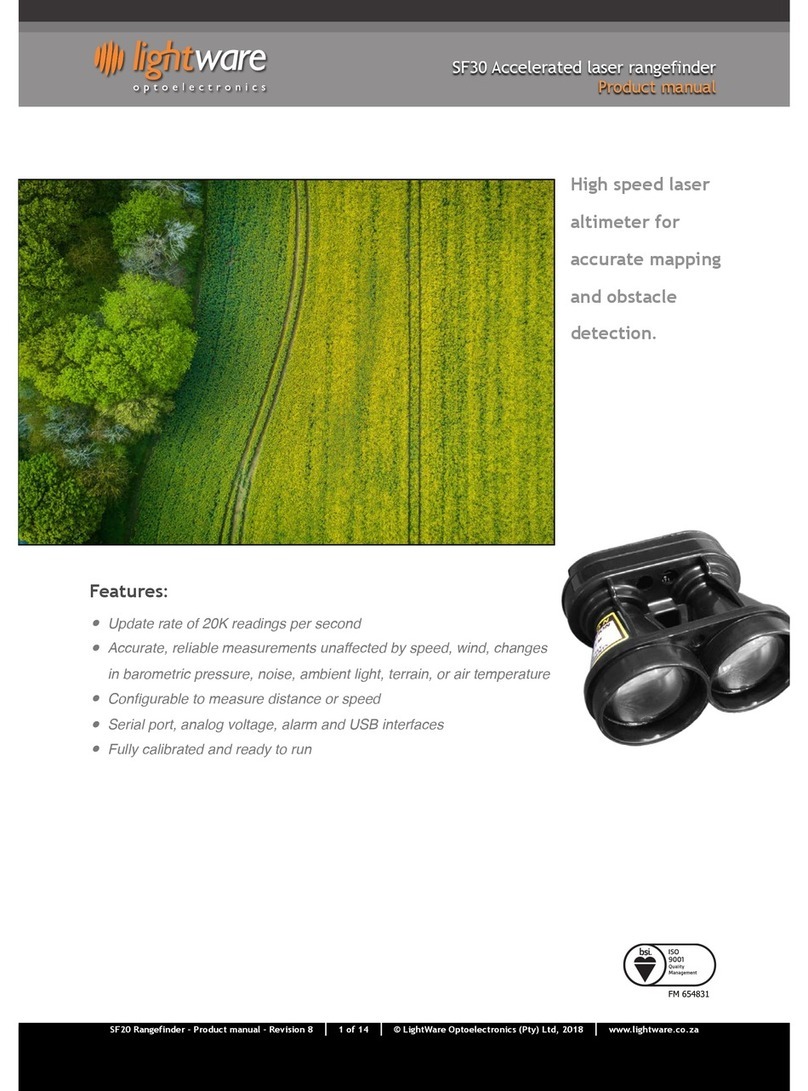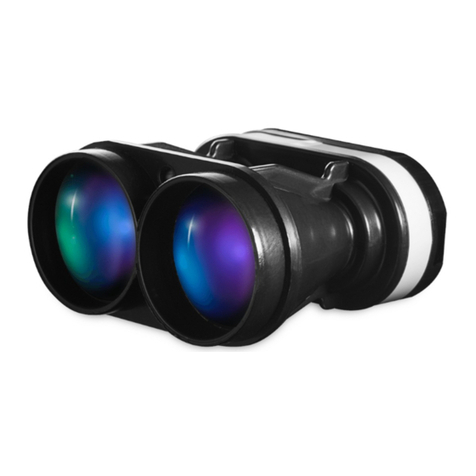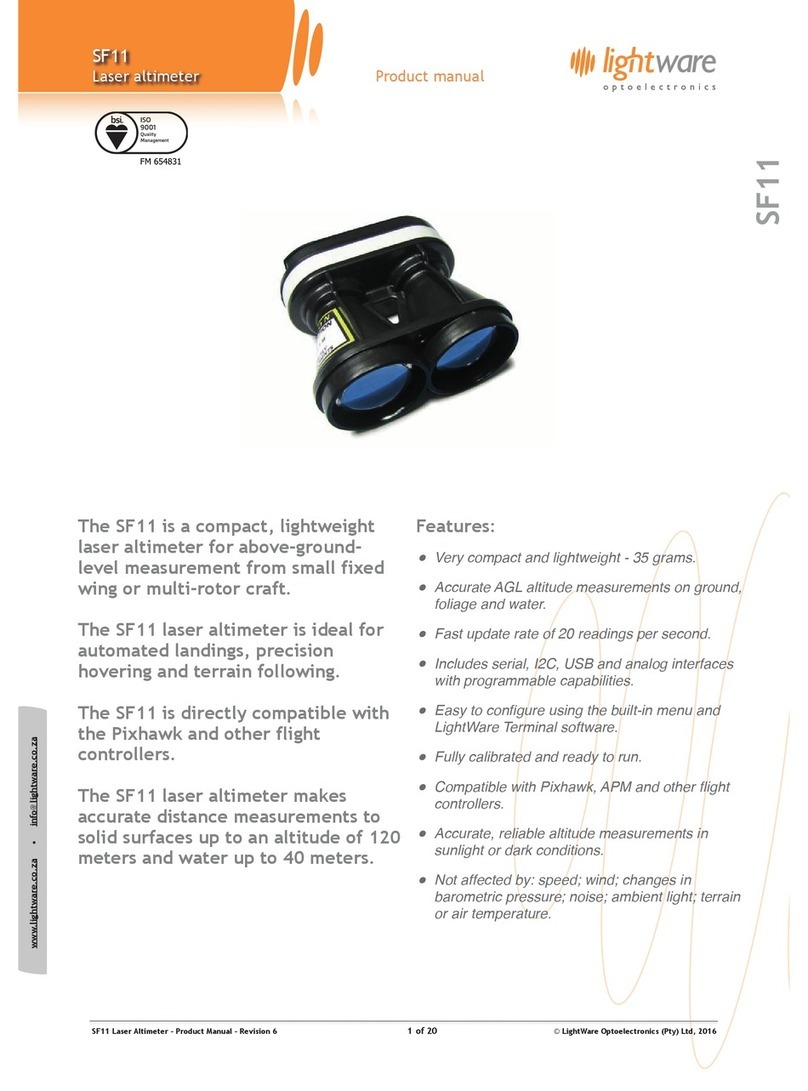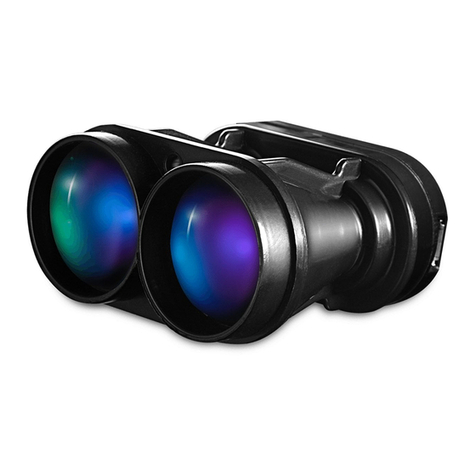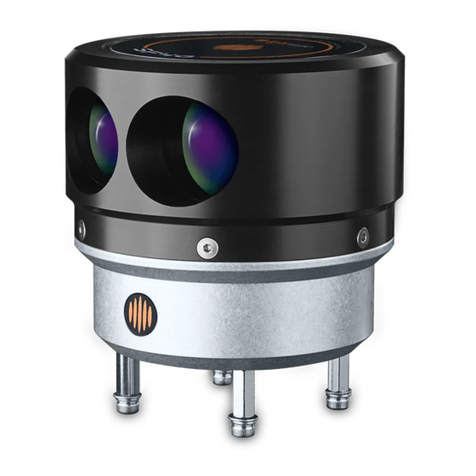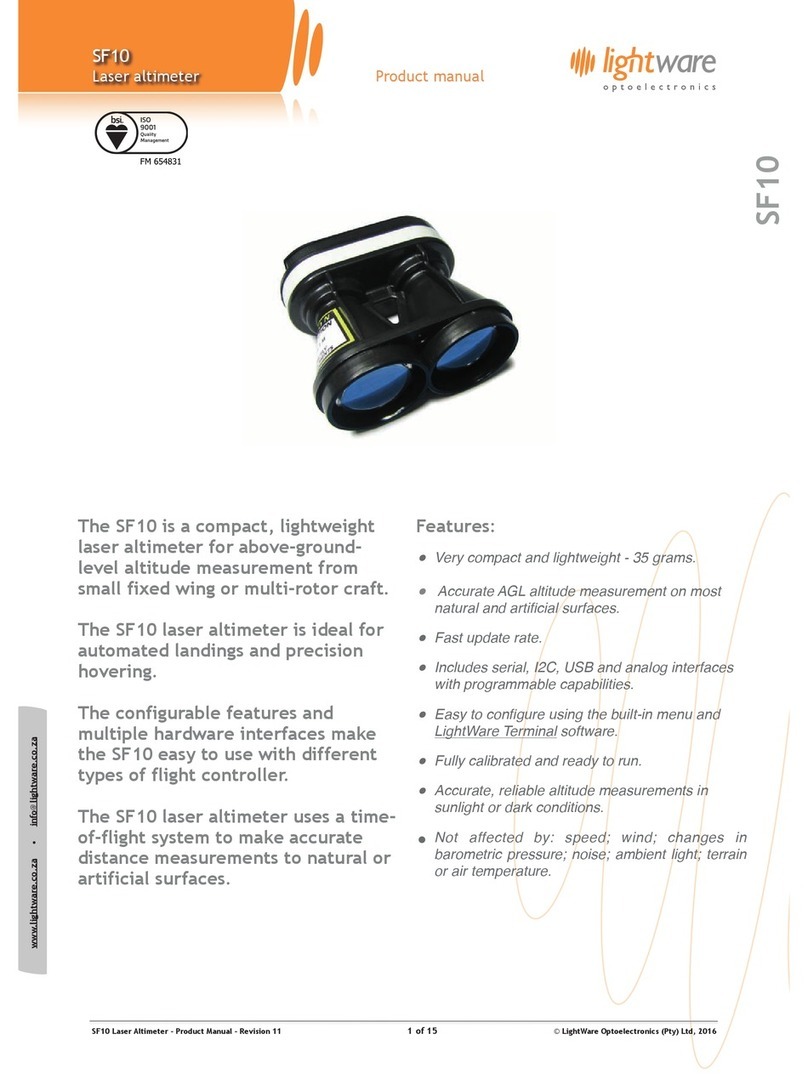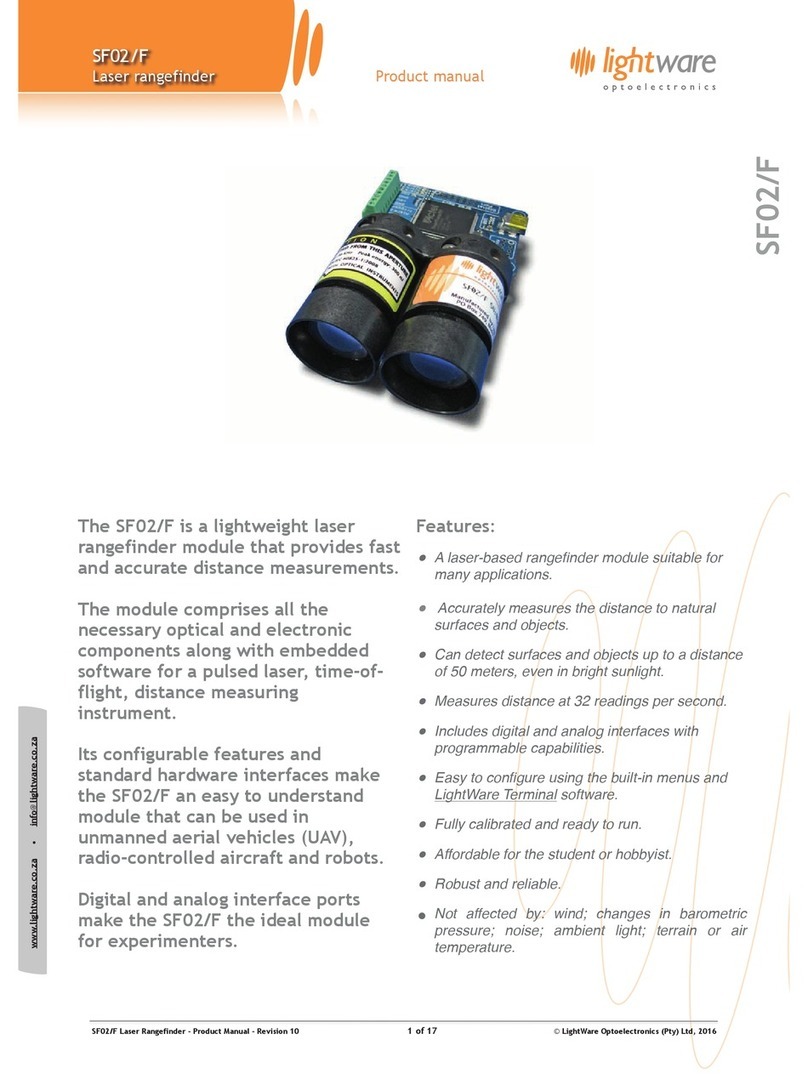Tab le o f co nt en ts
!
!
!
Table of figures
!
Figure 1 :: The main features of the SF02 4...............................................................................................................
Figure 2 :: Power from the USB port 5......................................................................................................................
Figure 3 :: Battery power 5...................................................................................................................................
Figure 4 :: Regulated 5V DC supply 6.......................................................................................................................
Figure 5 :: Dual redundant power supplies 6..............................................................................................................
Figure 6 :: USB communications 7...........................................................................................................................
Figure 7 :: Analog interface, Analog voltage output 7...................................................................................................
Figure 8 :: Digital interface, Digital alarm output 7.....................................................................................................
Figure 9 :: Serial interface, Auxiliary serial port basic connection 8..................................................................................
Figure 10 :: Serial interface, Auxiliary serial port with hardware trigger 8.........................................................................
Figure 11 :: LightWare Terminal showing menu options 9...............................................................................................
Figure 12 :: Height above ground represented by the analog voltage output 10....................................................................
Figure 13 :: Ground proximity alarm warning 10.........................................................................................................
Figure 14 :: Measuring speed 11.............................................................................................................................
Figure 15 :: Compensating for the height of the landing gear 11......................................................................................
Figure 16 :: Labeling on the SF02 12........................................................................................................................
Figure 17 :: Accuracy profile 13..............................................................................................................................
Figure 18 :: Dimension drawings of the SF02 14..........................................................................................................
!
!
!
!
!
!
!
!
!
!
!
!
!
!
!
!
!
!
!
!
!
!
!
!
!
!
!
Disclaimer
!
Information found in this document is used entirely at the reader’s own risk and whilst every effort has been made to
ensure its validity neither LightWare Optoelectronics (Pty) Ltd nor its representatives make any warranties with respect the
accuracy of the information contained herein.
!
1. Overview 3...................................................................................................................................................
2. Quick start guide 4..........................................................................................................................................
2. Making connections to the SF02 5........................................................................................................................
3. Menu options 9...............................................................................................................................................
4. Instructions for safe use 12................................................................................................................................
Appendix A :: Specifications 13...............................................................................................................................
Appendix B :: Dimensions 14..................................................................................................................................
Revision history 14..............................................................................................................................................

